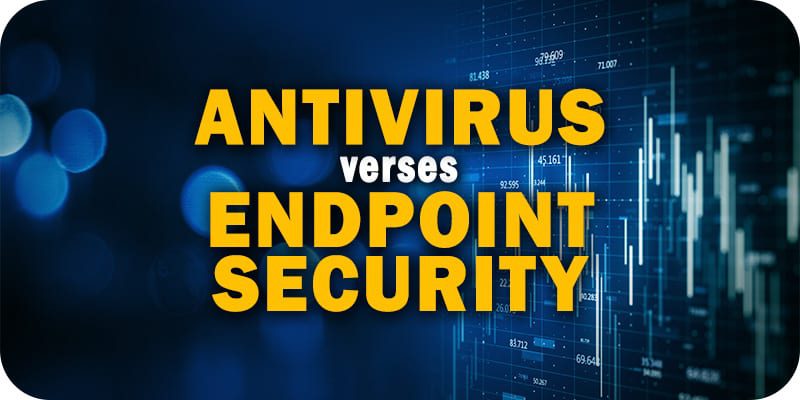
It can monitor how data is being sent through the network, block suspicious traffic, notify your admin of anomalous patterns, and apply security policies like encryption to certain types of data. If there is no malware present in a file, then it doesn’t provide any other protection for that data.Įndpoint protection includes safeguards to mitigate data loss. Data Loss PreventionĪntivirus is only designed to focus on detecting and protecting against different types of malware threats. You’ll find that they integrate with components like Active Directory, network monitoring, and a security information and event management (SIEM) system, which is a tool that logs all system events. On the other hand, endpoint protection applications are made to fit into your larger technology infrastructure. It’s not designed to connect to things like Active Directory, for example. It doesn’t really integrate with any other programs. IntegrationsĪntivirus is generally a standalone product. This provides a more robust method of defense and allows threats to be neutralized immediately without the need for human intervention.
What is endpoint protection software software#
However, it’s up to the user to take it from there and decide what to do next.Įndpoint protection software offers automated threat responses that can detect threats and also remove them per your pre-programmed security policies. Automated Threat ResponseĪntivirus software will typically give you an alert and tell you a virus or other type of malware has been found. It’s designed to catch zero-day threats through advanced AI. Endpoint protection often includes a next-gen firewall that can deploy advanced protection like zero-trust security (e.g., application safe-listing) and data loss protection (DLP). With an endpoint protection program, threats are detected throughout the network and can be blocked through a firewall. Many antivirus applications are signature-based which makes them less effective at detecting threats considered “zero-day.” Zero-day threats are not yet in a threat signature database, thus programs using signature-based detection can’t identify them. Threat identification for antivirus is localized just to the device that it is installed on. It will discover any new endpoints and detect potential vulnerabilities.

It will typically scan your system at scheduled times.Īn endpoint protection application will scan your entire network for any threats and look for any reported issues or anomalous behaviors throughout the network. Antivirus vs Endpoint Protection Monitoring and DetectionĪntivirus will monitor the device it’s installed on and look for any malware threats. There are several other differences beyond that, which we’ll get into next. Threats that most antivirus programs aren’t built to defend against. The app is continuously searching for behavioral anomalies to detect even the most advanced threats to your network.

It’s designed to go beyond simple detection of malware, like viruses and ransomware.Įndpoint protection applications are powered by AI and machine learning and are proactive. You can think of endpoint protection as an advanced threat safeguard for your entire network and all the endpoints that are attached (computers, servers, mobile devices, etc.).
What is endpoint protection software plus#
It can do everything that an antivirus can do, plus a whole lot more.īetween the first and second quarters of 2021, data breaches rose by 38%. If you have a business network with more than a single computer, then the answer is, “Yes.” Endpoint protection is not the same as an antivirus. But if you already have antivirus, should you consider switching to endpoint protection instead? Is it better? We know that antivirus is used to detect and keep devices safe from viruses, spyware, adware ransomware, and other types of malware.

One is something that everyone is pretty familiar with. When you’re looking at different types of cybersecurity protection for your Fair Haven business, it’s easy to get confused between antivirus and endpoint protection.


 0 kommentar(er)
0 kommentar(er)
